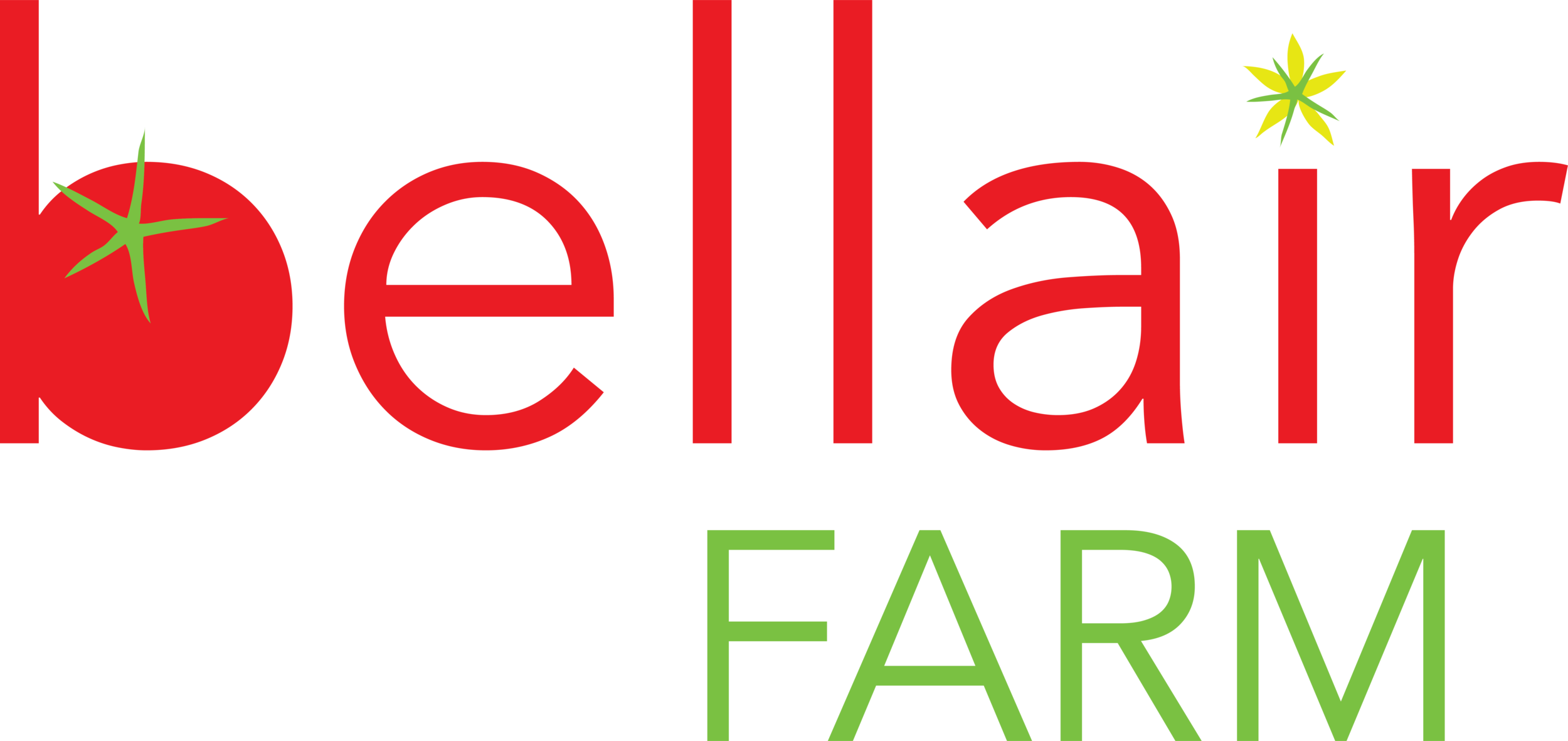Annual Update: Conservation
Photo from August 2024: an area that Eric 'spot mowed' in the background,
and some buffer tree plantings in foreground.
On the conservation front, we're still making steady progress towards our goals. With several seasons now passed under our "reduced mowing" regime, we have increased the diversity of plants as well as the diversity of physical structure of our grassland-based ecosystems. The double edged sword is that many of these same fields are also in need of some more intensive management. The goal with grassland management is to keep the area open and not let it become a thicket/forest. Once fields grow up in mixed brush and saplings, the mowing option is much harder on equipment and dangerous for the tires and the operator as well. It's a big reason why folks continuously mow -- so they can prevent being in this situation.
We definitely have a couple of areas on the farm that are in need of some form of more intensive management, but it's been hard to prioritize as it is a non-income producing activity. If we focus too much on these types of activities it will affect everything else we're doing on the farm. If we could do it all over again we would begin mowing selectively one year earlier on a few fields. The fields where we began spot-mowing earlier look ideal right now.
Finding time to address these lesser-used areas of the farm is difficult but very important. We are so busy during the summer and it is also the season for nesting birds, so we really don't want to be mowing then, anyway. Spring and fall often bring wet soils, which limits our ability to operate our mowing equipment. We will continue to find time during our yearly cycles to manage these landscapes for increasing diversity and livestock agriculture. Ecological health and livestock agriculture can co-exist AND support each other.
Our goal with some of these areas is to create a habitat with high diversity - some trees, some native brambles, some native shrubs, and ideally native forbs AND warm-season grasses! This in turn gives a more diverse habitat for all the local bugs and critters due to the diversity of both the flora and the physical structure of the landscape.
Cattle grazing for a couple days in an overgrown area between their fenced in pasture and some fo our veggie fields, 2024.
In pursuit of this goal first we reduced our mowing schedule to see what species would establish themselves without our intervention. The first wave of plant succession has happened! This looks like lots of saplings and brambles. Some species we are excited about on that list include: Button Bush, American Elder, Persimmon, various species of oak, and Sycamore to name a few. Some non-woody species we are seeing are Big-Blue Stem and Eastern Gamma grass. The desired grass species are coming slower and more difficult to manage for, encouraging them to spread is slow going and the correct management choice is not always clear. Along with these desirable species come some undesirables. Bradford pear is on the top of that list. We are controlling these species through intermittent mowing, some animal impact (our cattle will eat the growing tops of the bradford pear during select times of year), and where needed a targeted herbicide.
Hogs have a reputation for being destructive, but with proper management their disruptive behaviors could be beneficial.
One strategy we are trying out is using hogs to maintain succession habitat. They help open up dense vegetation and allow selective mowing to happen with greater ease. Their natural instincts are to root and disturb soil. If this action is managed in a timely way it can give native seeds already existing in the soil an opportunity to germinate. They often really need that disruption!
This fall and winter Nat and the livestock crew are taking this idea a step further. We are experimenting with collecting native grass and pollinator seed in the fall and then overseeding a few days before the pigs leave a fall or winter paddock.
A conventional and very successful approach of establishing a native grass meadow is a combination of chemical burndown and mechanical disruption of established plant life. Once all existing plant life is terminated; seed is put down and a beautiful and pristine native meadow begins growing. Our approach with the pigs is something we hope can achieve acceptable results without the cost and intensive nature of the more traditional (and guaranteed) route.
The pigs bring disruption and fertility to the location they are placed in and then trample the seed in for us. We don't expect to achieve the same results or on the same time line. We are attempting to tip the existing ecosystem in the direction we want to see it go. If warm season grasses and pollinator species establish themselves we will continue managing in favour of their increased propagation and against the non-native cool seasons in the same stand. This is accomplished through managed grazing animals, mowing schedules, and possibly fire. We will report back in the next several years!
This photo is from a controlled burn training that Michelle and Nat attended a few years ago. They’d love to be able to use these skills here at the farm — fingers crossed that we will have better luck with timing and weather conditions this year!




